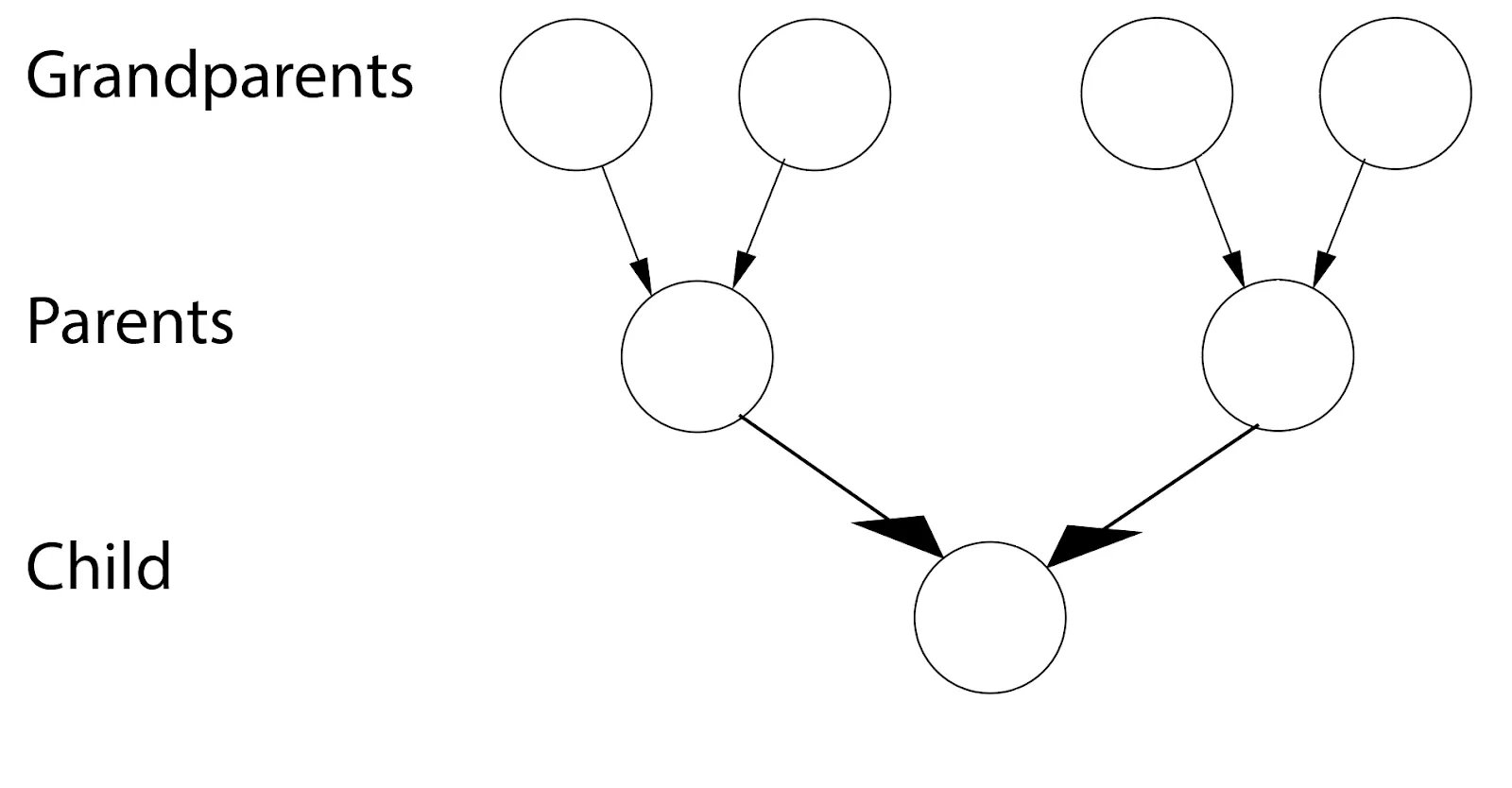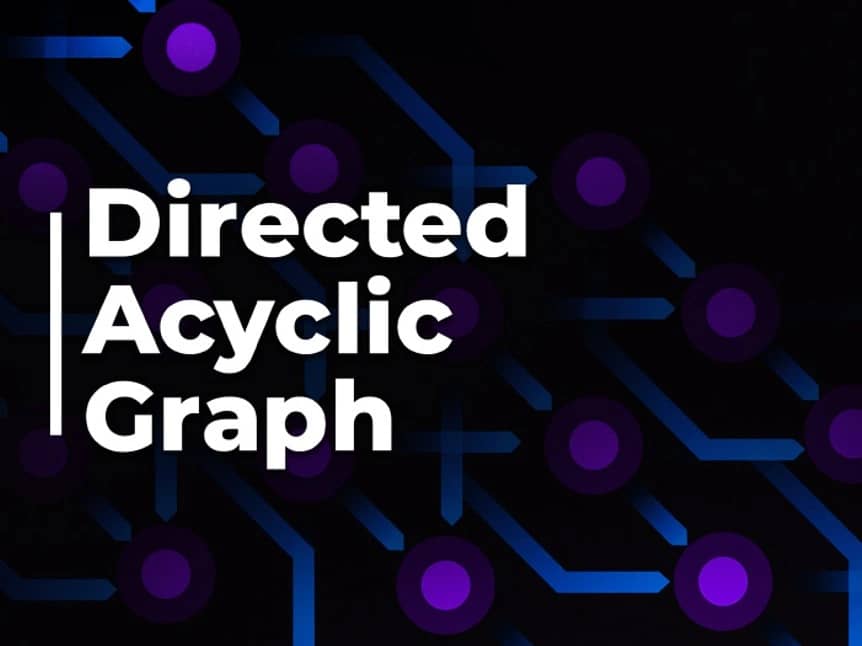订阅 wiki
Share wiki
Bookmark
Directed Acyclic Graph (DAG)
Directed Acyclic Graph (DAG)
有向无环图(DAG)是一种图数据结构,由通过有向边连接的节点组成,其中边具有特定方向且不形成任何环。它是一种没有有向环的有向图。
DAG 中的每个节点可以有一个或多个传入边和一个或多个传出边。DAG 中的边表示节点之间的依赖关系,其中边的方向表示依赖关系的方向。例如,如果节点 A 有一个指向节点 B 的传出边,则表示节点 A 依赖于节点 B。
概述
有向无环图 (DAG) 与 区块链 的不同之处在于它们不使用基于块的结构。相反,交易表示为图中的顶点,并链接到之前的交易。节点验证交易并将其添加到 DAG,提交交易需要完成 工作量证明 任务。[1]
在基于 DAG 的网络中,新的交易必须引用之前的交易才能被接受,类似于区块链中的区块引用之前的区块。引用交易会确认它,并且为了使交易得到完全确认,它需要被后续交易引用。[1]
由于没有区块创建且没有交易费用(因为没有矿工),DAG 具有很高的交易速度,这可能具有环境效益。[2]
DAG 在某种意义上优于区块链,因为它们允许更高的吞吐量,通过结合区块链、工作量证明 和 权益证明 的概念,以及最长链规则与有向无环图。
历史
DAG 的首次使用日期不确定,但这个概念非常有用,可以追溯到人类存在的初期。
Leonhard Euler 于 1736 年发表的《柯尼斯堡七桥问题》被认为是第一篇涵盖图论的论文。柯尼斯堡七桥问题是数学史上一个著名的问题。挑战在于找到一条路线,只穿过柯尼斯堡(现在的俄罗斯加里宁格勒)的七座桥梁一次。在将城市地图简化为图后,Euler 介绍了他的公式,该公式与边、顶点和面的数量有关。

用例
家谱
DAG 的一个原始用例是创建家谱。有趣的是,图论中树的定义不包括大多数家谱。这是因为在大多数追溯到足够远的家谱中,远房亲戚在某个时候已经交配,从而允许在家庭的父系和母系方面都有一个共同的祖先。这意味着,家谱可以被认为是一个 DAG——其中每个节点是一个人,每个亲子关系都画成一个指向后代的箭头。这形成了一个如下图所示的图,它是定向的(箭头)和无环的(没有人可以成为自己的父母)。

任务调度
DAG 的另一个历史用例是任务调度,动物和人类天生就使用 DAG 来计算完成任务的顺序。有些任务只有在其他任务完成后才能开始,而其他任务可以随时开始——这本身就是一个 DAG。

计算机科学
DAG 的其他用例更加现代,与计算机科学相关的用途很多。数据处理网络、版本历史和一些数据压缩算法都利用了 DAG。但需要注意的是,DAG 并不是一个新的启示,而是一种古老的解决问题的机制。DAG 和 区块链 的合并是 分布式账本 可扩展性的一大进步。[3]
发现错误了吗?
